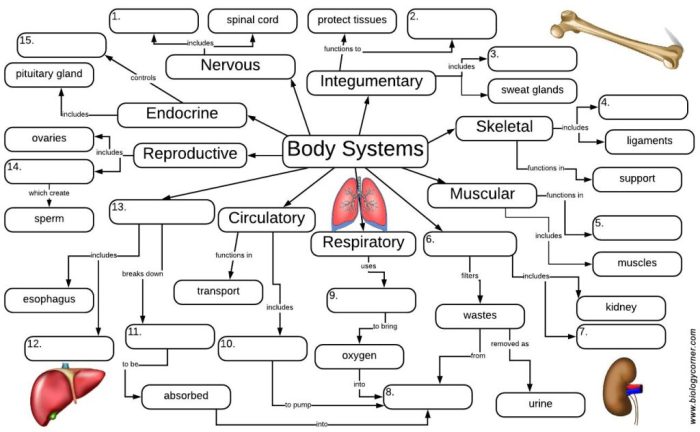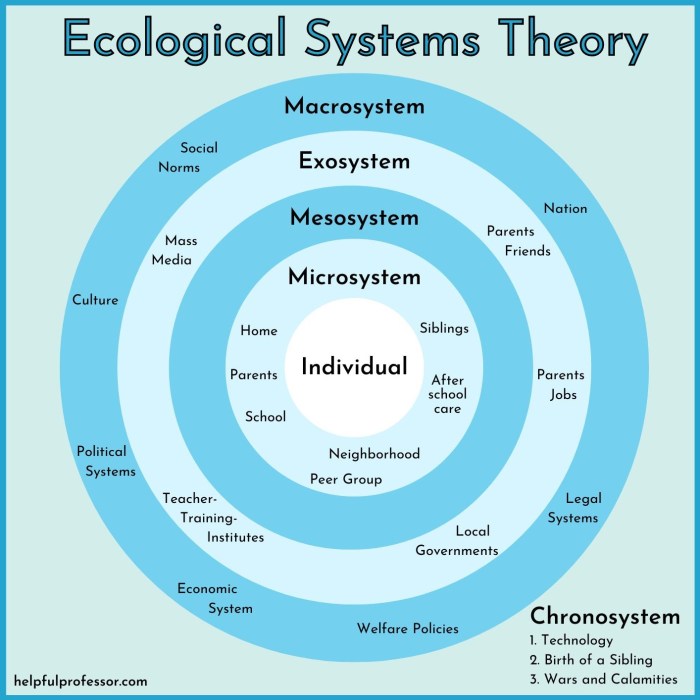Ecological Systems and Interdependence Answer Key embarks on a journey into the intricate tapestry of life, revealing the profound interconnectedness of organisms within their environments. Ecosystems, the dynamic assemblages of living and non-living components, serve as the stage for this harmonious interplay, showcasing the vital role of interdependence in maintaining ecological balance.
This comprehensive guide delves into the fundamental concepts of ecosystems, dissecting the roles of biotic and abiotic factors, exploring energy flow and nutrient cycling, and unraveling the complexities of ecological niches and competition. By delving into the threats facing biodiversity and the profound consequences of its loss, this answer key empowers readers to grasp the significance of preserving our planet’s ecological integrity.
Ecosystems and Interdependence Overview

Ecosystems are complex and dynamic communities of living organisms and their physical surroundings. They encompass interactions between living organisms and their non-living environment, such as air, water, soil, and climate.
Ecosystems can vary greatly in size, from small ponds to vast forests. Each ecosystem has its unique characteristics, such as the types of organisms it supports, the climate conditions, and the physical environment.
Interdependence within Ecosystems
One of the most important characteristics of ecosystems is interdependence. All living organisms within an ecosystem rely on each other for survival. For example, plants produce oxygen that animals need to breathe, while animals produce carbon dioxide that plants need for photosynthesis.
Interdependence also extends to the non-living components of an ecosystem. For instance, soil provides nutrients for plants, while water provides a habitat for aquatic organisms.
Biotic and Abiotic Factors

Biotic Factors
Biotic factors are the living components of an ecosystem, including all organisms from the smallest bacteria to the largest whales.
Biotic factors can be classified into different groups based on their function or trophic level, such as producers, consumers, and decomposers.
Abiotic Factors
Abiotic factors are the non-living components of an ecosystem, such as air, water, soil, climate, and sunlight.
Abiotic factors influence the distribution and abundance of organisms within an ecosystem. For example, temperature and water availability can limit the growth of certain plant species.
| Biotic Factors | Abiotic Factors |
|---|---|
| Producers | Air |
| Consumers | Water |
| Decomposers | Soil |
| Habitat | Climate |
Interaction between Biotic and Abiotic Factors, Ecological systems and interdependence answer key
Biotic and abiotic factors interact with each other to create the unique conditions of an ecosystem. For example, the availability of water can influence the types of plants that can grow in an area, while the presence of certain plant species can create a habitat for specific animal species.
Energy Flow and Nutrient Cycling: Ecological Systems And Interdependence Answer Key

Energy Flow
Energy flows through ecosystems in a linear direction, from producers to consumers to decomposers.
Producers, such as plants, use sunlight to convert carbon dioxide and water into glucose, which is a form of energy that can be used by other organisms.
Consumers, such as animals, obtain energy by eating producers or other consumers.
Decomposers, such as bacteria and fungi, break down dead organisms and recycle nutrients back into the ecosystem.
Nutrient Cycling
Nutrients, such as nitrogen, phosphorus, and potassium, are essential for the growth and survival of organisms.
Nutrient cycles are processes that recycle nutrients from the environment into living organisms and back into the environment.
There are different nutrient cycles, including the nitrogen cycle, phosphorus cycle, and carbon cycle.
Role of Microorganisms in Nutrient Cycling
Microorganisms, such as bacteria and fungi, play a crucial role in nutrient cycling.
They decompose dead organisms and release nutrients back into the soil or water.
Microorganisms also help to convert nutrients into forms that can be used by plants.
Detailed FAQs
What is an ecosystem?
An ecosystem is a community of living organisms and their physical surroundings, interacting as a system.
How do biotic and abiotic factors interact?
Biotic factors (living organisms) and abiotic factors (non-living components) interact closely, influencing each other’s distribution, abundance, and survival.
What is the role of keystone species in ecosystem stability?
Keystone species play a disproportionately large role in maintaining the structure and function of an ecosystem relative to their abundance.